
The Citadel of Brasov, closed for almost ten years, is open for visitors until September 17. The monument had a complicated history and after a seven-year process became the public property of the Romanian state. What does the Citadel look like? What are the key points of her story? What’s next?
Thousands of Brasov residents came to see the Citadel
It has been eight years since the Citadel on Straya Hill in Bršasov was closed, and the monument has been open to the public for ten days. True, you will not see a restored fortress, but a partially destroyed, but very interesting one. Now comes something more complicated.

In the former restaurant (photo by Vlad Barză)
The Citadel is less known to tourists coming to the city, not only because it has been closed for almost a decade, but also because in its heyday, which was in the 80s, it was only known for its restaurant and not its culture . or history. What can be seen today was built after 1770, under Austrian rule, and some of the buildings are clearly in need of restoration. Many modern elements were added 40 years ago.
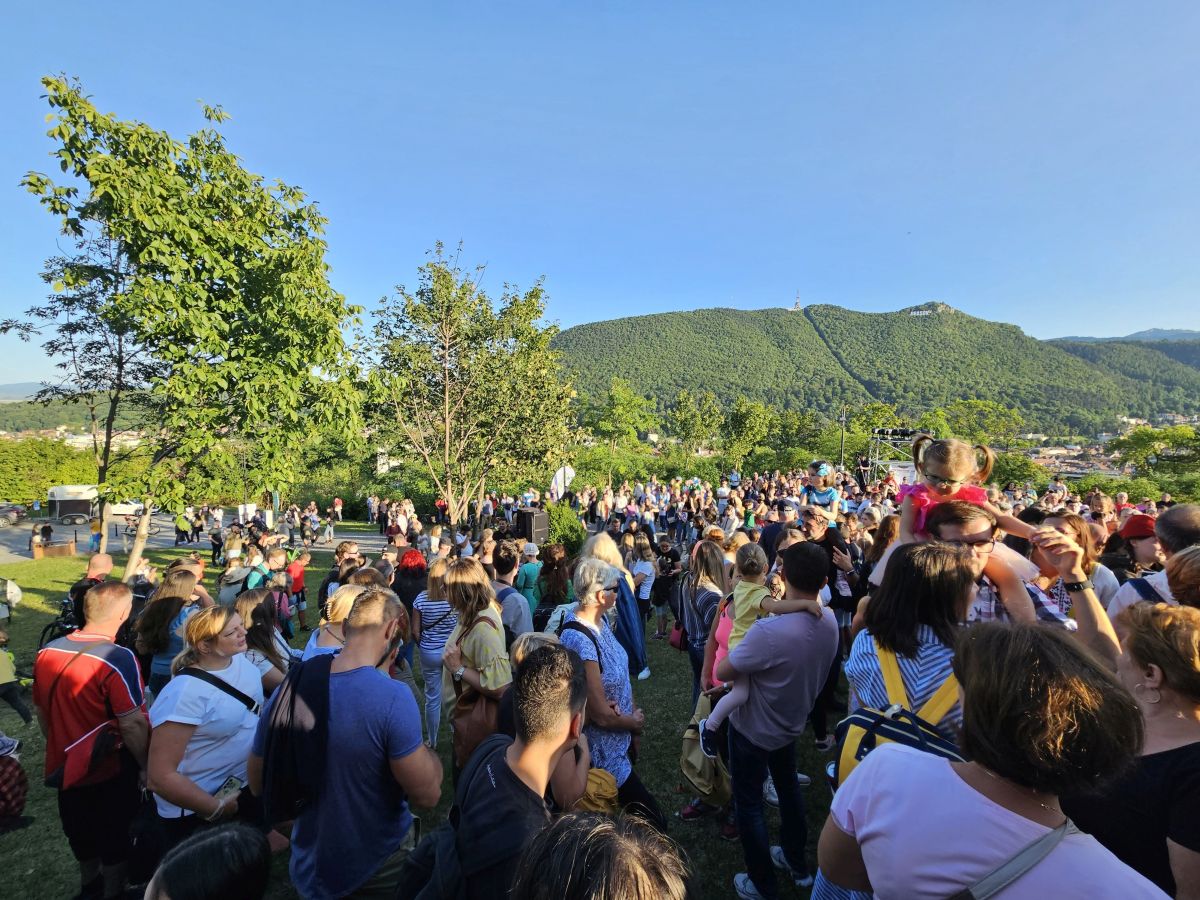
photo by Vlada Barza
“The fortress is yours, it has returned home, it has become a resident of Brasov again, and together we will decide what will happen to it. Next comes the restoration process. Enjoy the fortress. It’s yours,” said Brasov Mayor Allen Coliban at the opening of the gates.
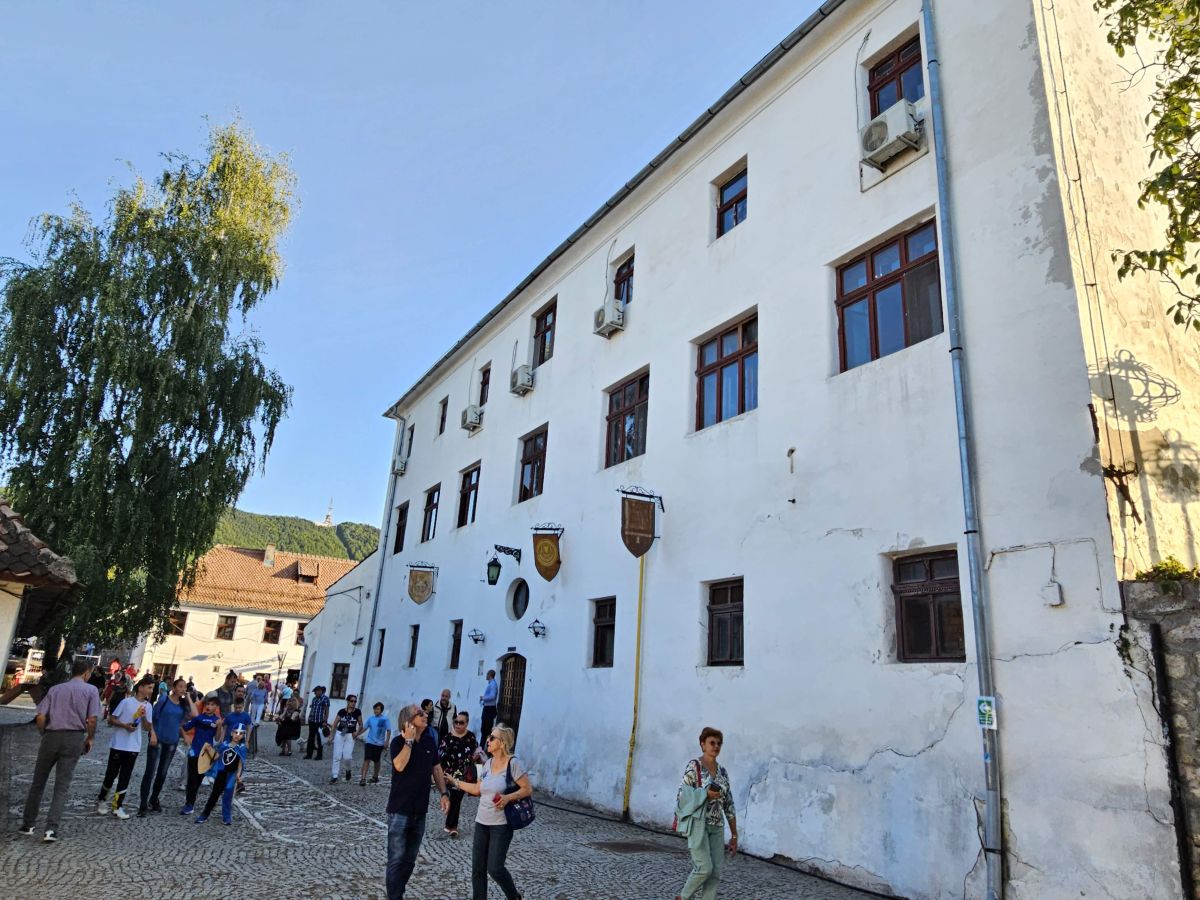
photo by Vlada Barza
After that, they promise, a massive restoration project will begin to open up all the spaces and find space for the buildings. The town hall wants this place to become a tourist attraction, but events can also be organized. It remains to be seen whether the money will be found and whether the restoration will last for a long time.
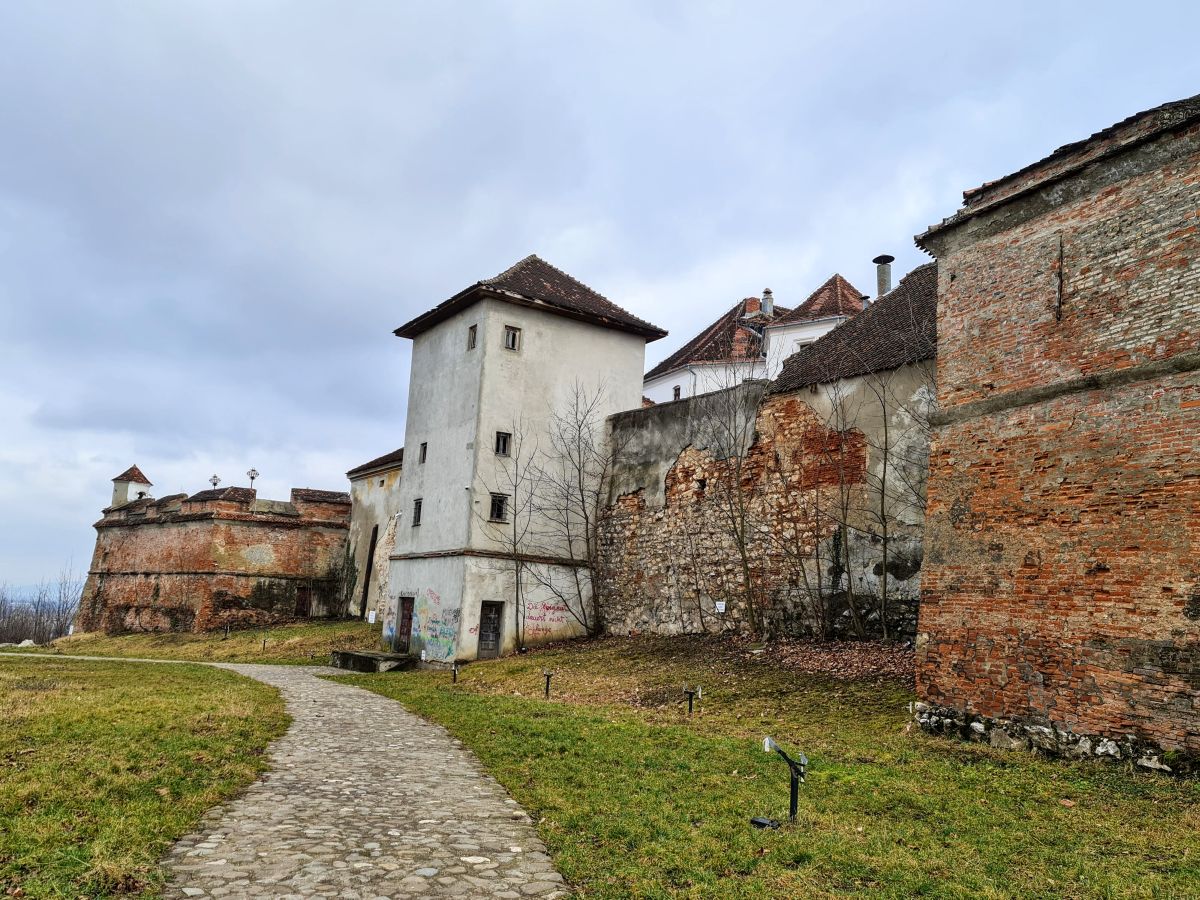
The fortress, from the outside, January 2023 (photo by Vlad Barza)
The Citadel on Straya Hill is located close to the historic center of Brasov: 10-12 minutes on foot or 3-4 minutes by car from the Town Hall and the Central Park area. To find it on Google Maps, you need to write: “Citadel on Straja Brașov”
Timid beginnings with wood
At the beginning of the 15th century, there was only a watchtower in the shape of a horseshoe, similar to the modern White Tower, on Strazhska Gora. In 1524, a wooden bastion with four towers was erected, but the wooden fortifications were still destroyed by the conquerors and rebuilt. At the same time, the central tower was strengthened and artillery towers were built.
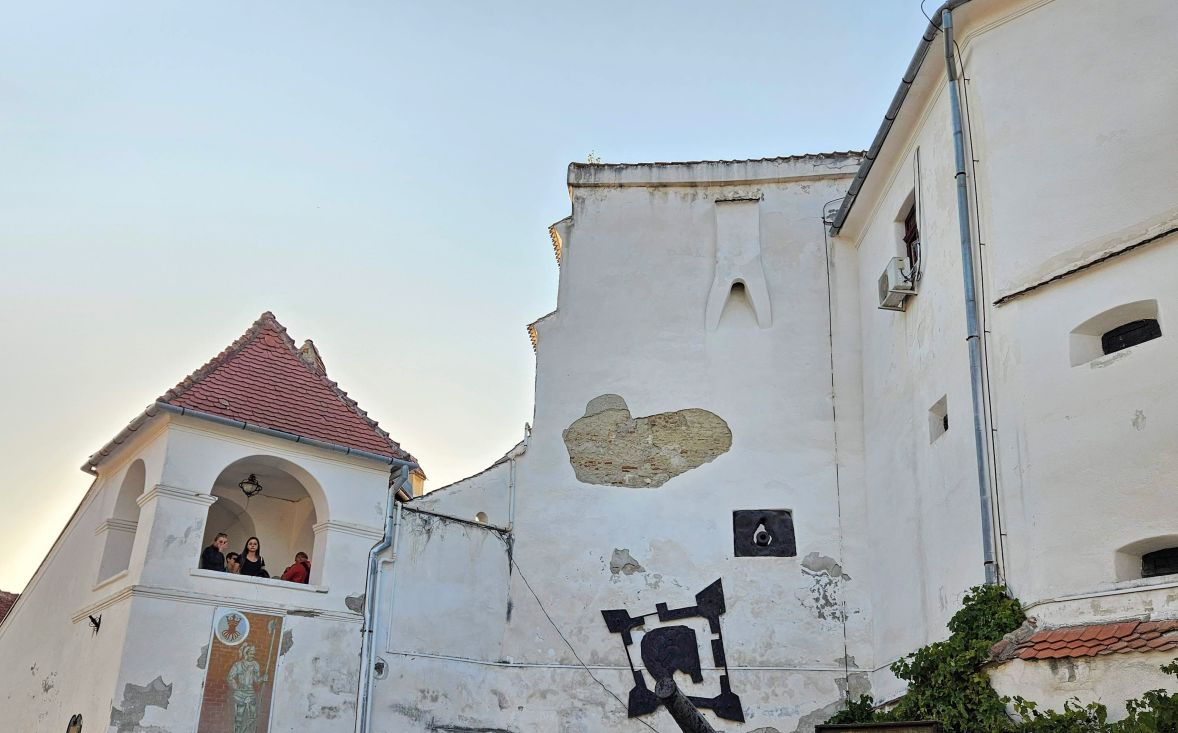
photo by Vlada Barza
After 1600, a moat was built around the fortress, and a drawbridge was installed at the entrance. Also, in 1623, a very deep well, 81 meters, was dug inside, so that the defenders would have a source of water during sieges.
Austrians celebrate at “Martinsberg”
In 1688, part of the people of Brasov, who rebelled against the Austrian rule, hid here from the Habsburgs and tried to resist the troops of General Frederico Veterani. The people of Brasov were defeated, the Austrian garrison was placed on the hill, the vineyards on the hill were destroyed, and the Austrians set up earth waves.
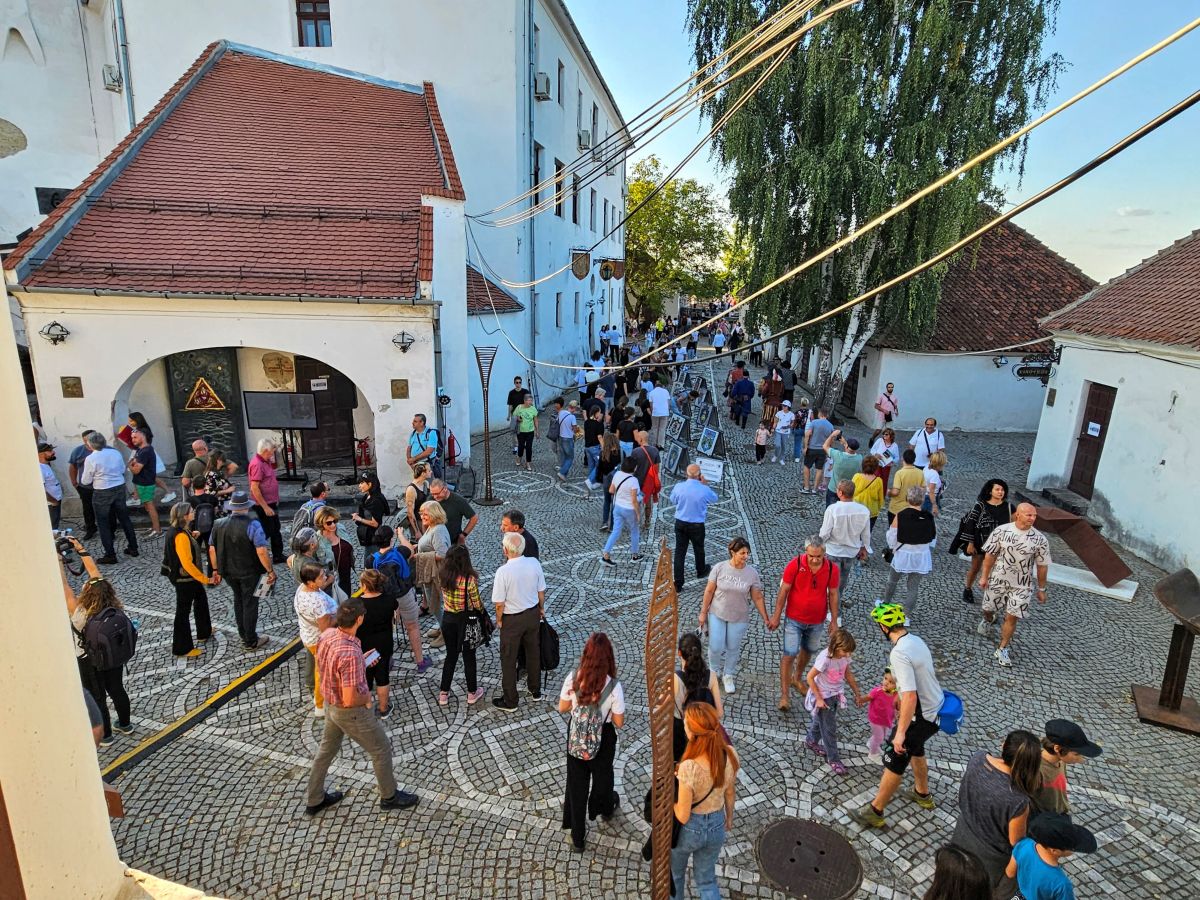
photo by Vlada Barza
The fortress was renovated and strengthened during the 18th century, and its current appearance dates back to 1773, after the reconstruction ordered by Emperor Joseph II. The citadel was first used as a prison in the late 18th century, where prisoners from wars involving the Austrians, Russians and Ottomans were imprisoned. Also, at the end of the 18th century, the fortress was a place where plague patients were taken.
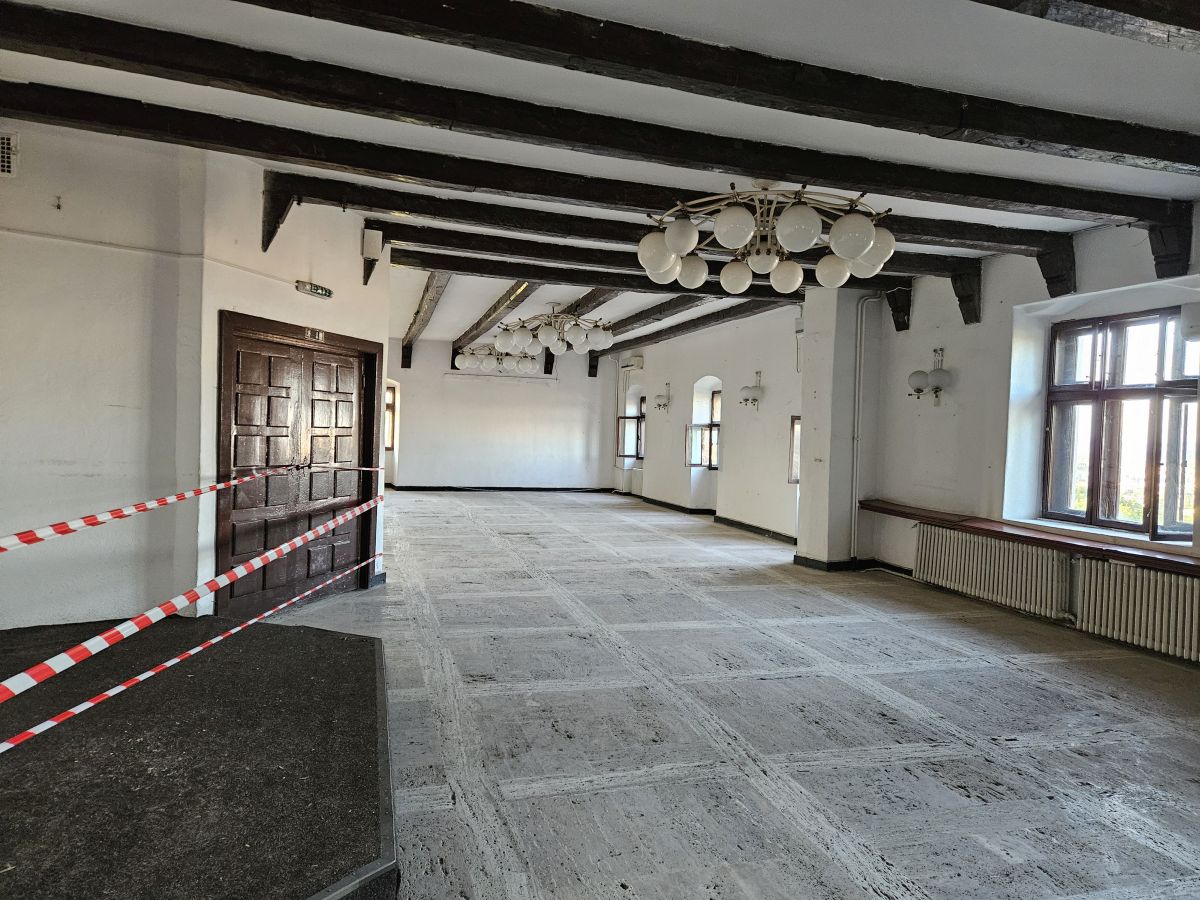
A large room in the former photo restaurant Vlad Barză
In 1817, a gate was built in honor of the visit of the Austrian Empress Caroline August. In the 19th century, the fortress lost its military role – the last guns were transported to Alba Iulia in 1824. During the revolution of 1848, Hungarian revolutionaries were stationed here, who surrendered in the summer of 1849 after the assault of Russian troops. The Hungarian garrison resisted the assault of the tsarist troops for three days, but then surrendered.
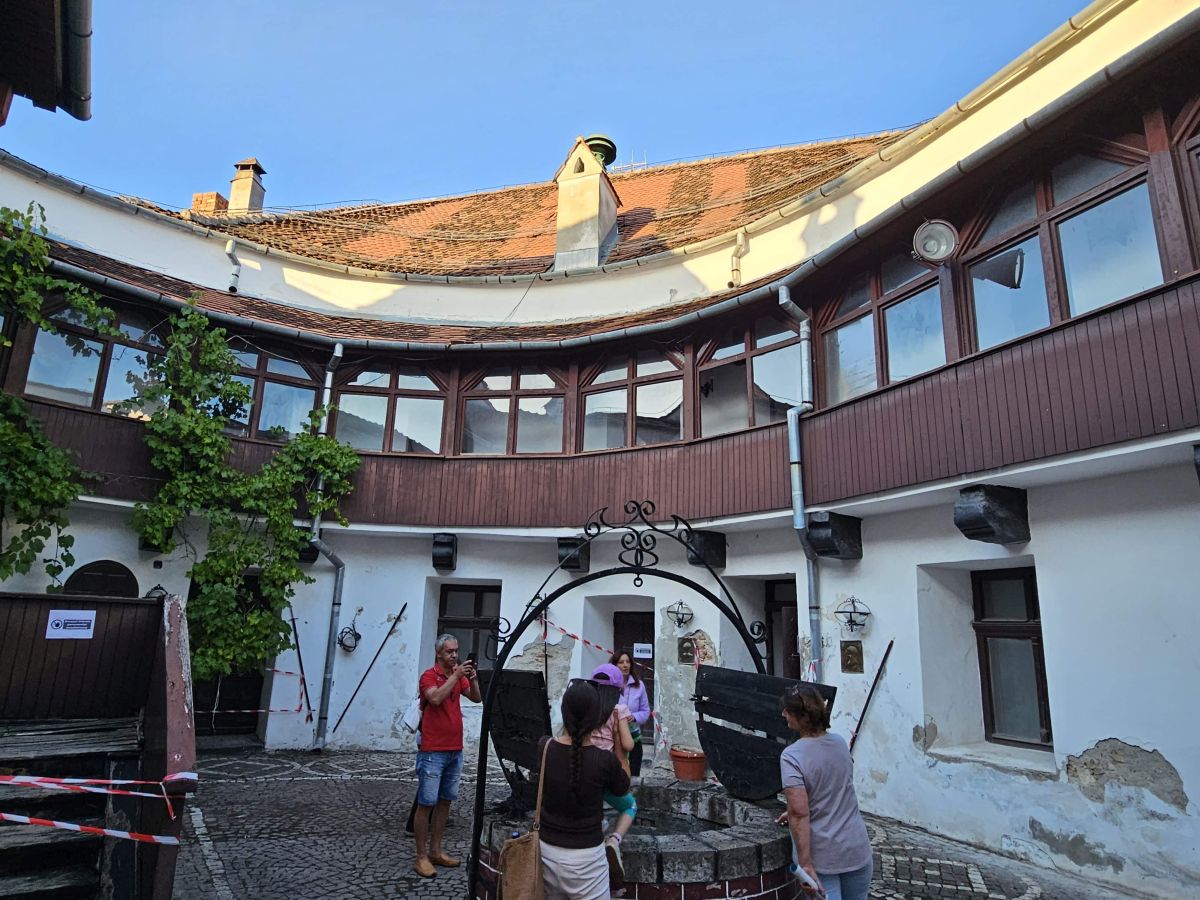
photo by Vlada Barza
During the First World War it was the site of battles and again a prison, and in 1932 the citadel was presented to King Charles II, and when the communists came to power, the Citadel was nationalized and became a prison again, but also a station Security jamming in in the 1950s and 1960s so that people could not listen to foreign radio stations. The fortress was surrounded by barbed wire and guarded by a military unit.
From 1954 to 1975, it functioned as a warehouse of the State Archives in Brasov.
The communists built a restaurant, which fell into disrepair after 1989
The citadel is known to the older residents of Brasov because of the restaurant that operated there. ONT “Karpaty” renovated the citadel and brought it into the tourist circulation by building a restaurant with “medieval” specifics. Then the alleys were asphalted and lighting devices were installed, both inside and on the adjacent alleys.

photo by Vlada Barza
In the 80s, residents of Brasov and tourists came to the restaurant, wine cellar, confectionery and discotheque. It was one of the most popular places in the city.
After the fall of communism, until 2015, the citadel was under the management of Aro Palace SA and its predecessors.
More precisely, in 1990 ONT Karpaty was privatized, and two companies emerged from it: Postăvarul SA and Poiana SA. Postăvarul, together with other assets, came under the ownership of the city and changed its name to Aro Palace in 2000. In 2014, Brasov City Hall wanted to buy the fortress for 3.3 million euros, offering land and money in exchange, but the deal was not completed.
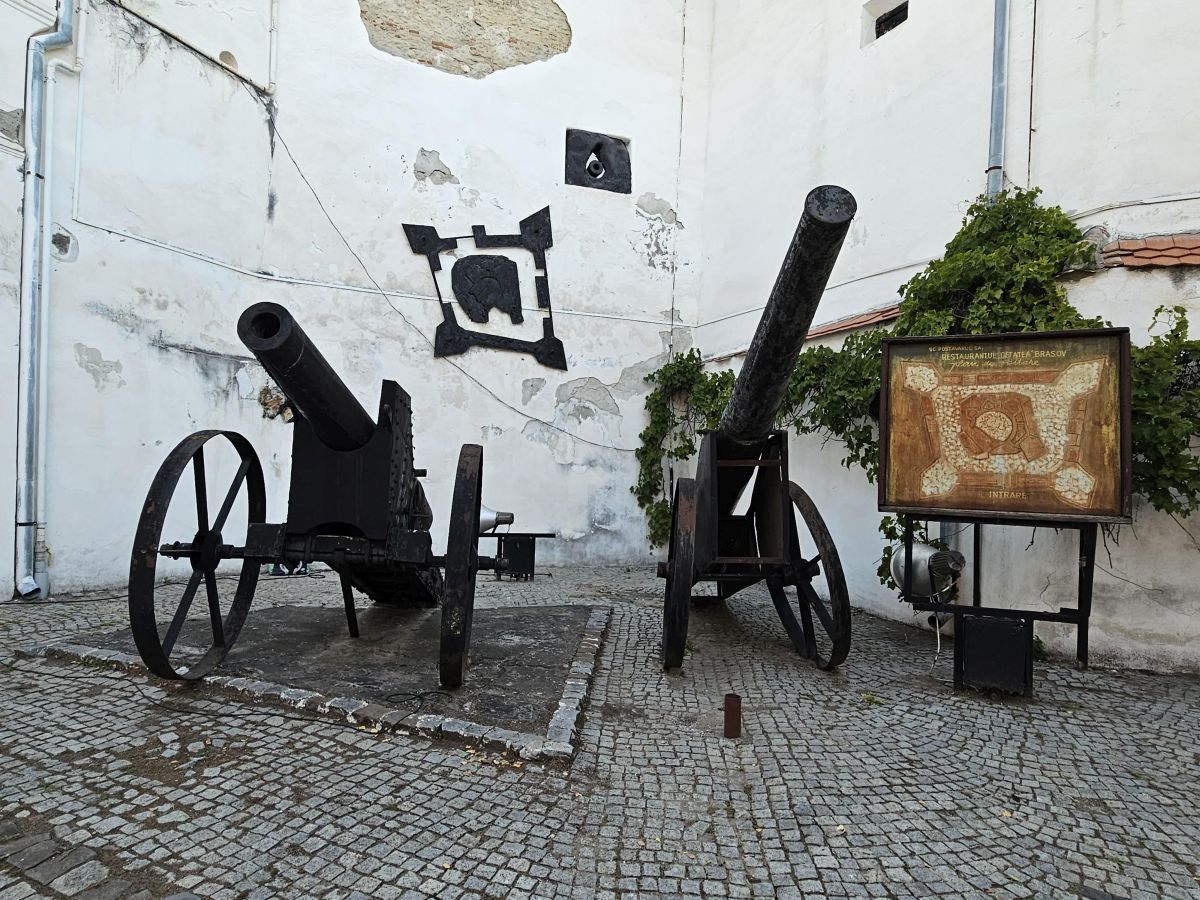
photo by Vlada Barza
The operation also came to the attention of DNA, which checked the documents. However, the city hall did not reach an agreement with Aro Palace and in May 2015 filed a lawsuit to obtain citizenship.
In July 2014, Mihai Ferkala, CEO of SIF Transilvania, which owned Aro Palace, stated that the operation of the restaurant operating in the citadel would never bring in enough money to pay for the investment. The director of SIF Transilvania also stated that the restaurant was only profitable until 1989 and one or two years after.
“For Aro Palace, this fortress brings only losses. Gas, electricity, salaries. In recent years, the tourist flow has decreased dramatically, and we cannot cover our costs,” Mihai Ferkala said in 2014.
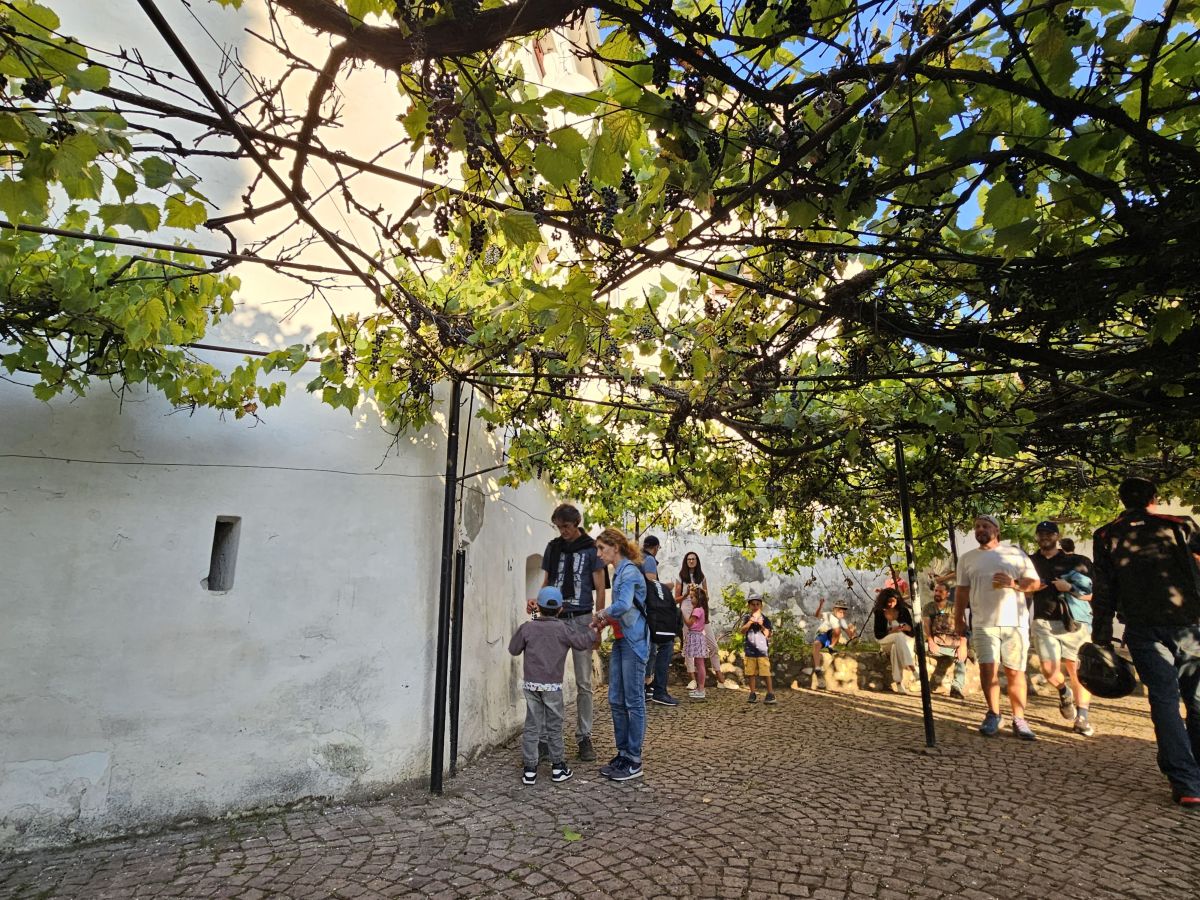
The City Hall took possession of Cetăță on Dealul Straja in the middle of July this year after a very long process that lasted seven years. According to the decisions of the courts, the monument passed from the ownership of SC Aro Palace SA to the ownership of the Romanian state. Later, by the decision of the government, the monument was transferred to the municipality of Brasov.
After these days, the Citadel will be rehabilitated, and work on its security will be carried out as a priority. The work mainly concerns the roof and plastering, the purpose of which is to stop the degradation of the monument. After the security work is completed, the Citadel will be open to the general public to visit the area inside the citadel.
In the long term, the municipality of Brasov plans to restore the fortress. The opening of all premises will be carried out after the completion of the restoration project, a much larger project that includes a series of studies, including on seismic resistance (there is a 3-year-old study that will need to be updated ), as well as an analysis of the purpose of the existing spaces, writes Bună Ziua Brașov .
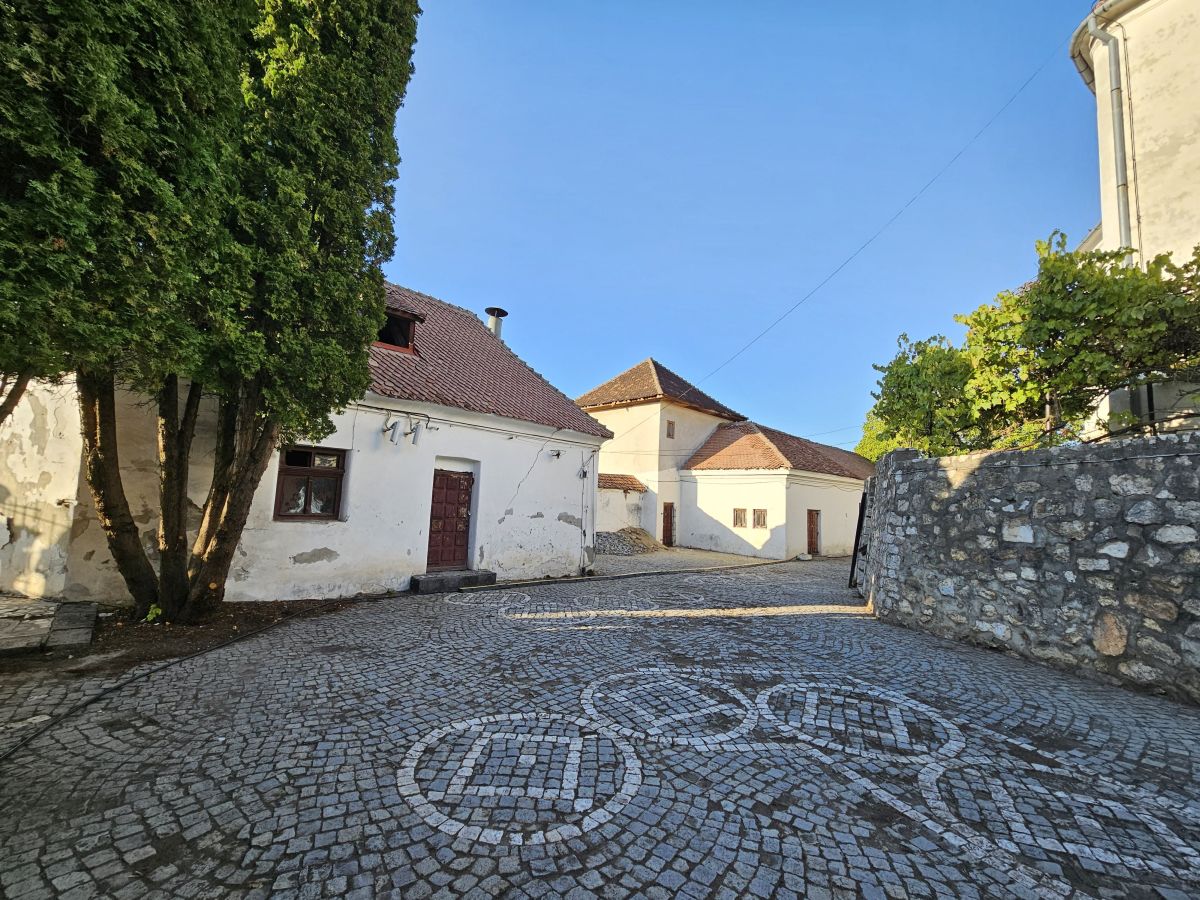
Source: Hot News
Ashley Bailey is a talented author and journalist known for her writing on trending topics. Currently working at 247 news reel, she brings readers fresh perspectives on current issues. With her well-researched and thought-provoking articles, she captures the zeitgeist and stays ahead of the latest trends. Ashley’s writing is a must-read for anyone interested in staying up-to-date with the latest developments.